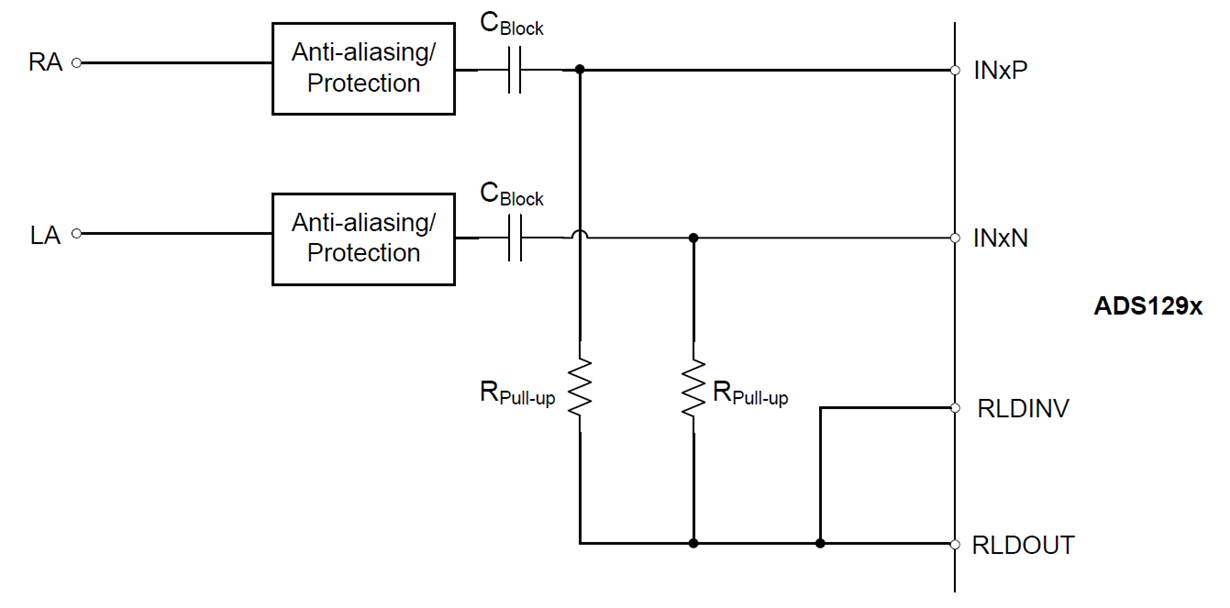Dear all,
We work on a project that uses a glasses in the mouse function for people with motor disability. The project is in the final stage, but to activate the click of the mouse, we are thinking of putting two electrodes in the glasses of the support region (in the nose), and capture a pulse when one blink. For this we are trying to use the front-end ADS1191, but we do not know how to use.
To start try only tests the chip, but we could not get success. We made the connection pag 53 of datasheet but did not get any signal.
How do we use the highest possible gain of ADS1191?
You can only use 2 electrodes?
Do you have any initial setup to only we test the chip? What?
Kind regards,
Julian Rutz


